Pikk Hermann Tower

Pikk Hermann Tower, standing proudly at the southwestern corner of Toompea Castle, is one of Tallinn’s most enduring symbols of national identity. Originally constructed between 1360 and 1370 and later extended in the 16th century, the tower now rises to 45.6 metres and offers sweeping views from its 215-step spiral staircase. Its name, meaning “Tall Hermann,” reflects both its stature and its historical significance. Atop the tower flies the Estonian national flag, raised each morning to the sound of the national anthem and lowered at sunset, a tradition that underscores its role as a beacon of sovereignty. The flag was first hoisted here in 1918 and again in 1989, marking Estonia’s return to independence after Soviet occupation. Positioned beside the Estonian Parliament, Pikk Hermann is more than a medieval fortification—it is a powerful emblem of resilience and statehood, anchoring the skyline of Tallinn with both architectural grace and patriotic pride.
Tallinn EstoniaPikk Hermann Tower stands at the southwestern corner of Toompea Castle on Toompea Hill, at Lossi plats 1a in central Tallinn. This iconic medieval tower, built in the late 14th century and reaching a height of 45.6 meters, is a powerful national symbol—each day, Estonia’s blue-black-white flag is raised atop the tower to the sound of the national anthem. The tower is next to the Estonian Parliament building (Riigikogu), making it a significant landmark for both history and government. The area around Pikk Hermann is rich in attractions: Toompea Castle itself, the grand Alexander Nevsky Cathedral, St. Mary’s Cathedral, Danish King’s Garden, and the Patkuli Viewing Platform are all just steps away. The cobbled streets of Tallinn’s UNESCO-listed Old Town are easily accessible, offering visitors a blend of medieval architecture, panoramic city views, and the heart of Estonia’s political life.
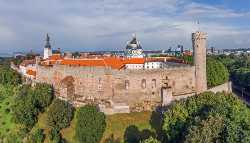 Toompea Castle
Tallinn
Toompea Castle
Tallinn
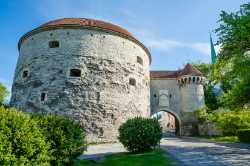 Fat Margaret Tower
Tallinn
Fat Margaret Tower
Tallinn
 Kiek in de Kök & Bastion Tunnels
Tallinn
Kiek in de Kök & Bastion Tunnels
Tallinn
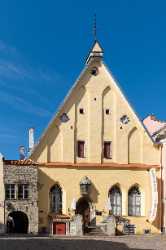 Estonian History Museum
Tallinn
Estonian History Museum
Tallinn
 Kumu Art Museum
Tallinn
Kumu Art Museum
Tallinn
 Vabamu Museum of Occupations and Freedom
Tallinn
Vabamu Museum of Occupations and Freedom
Tallinn
 Estonian Maritime Museum
Tallinn
Estonian Maritime Museum
Tallinn
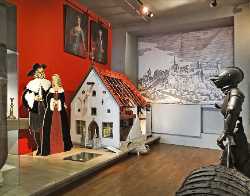 Tallinn City Museum
Tallinn
Tallinn City Museum
Tallinn
 Children’s Museum Miiamilla
Tallinn
Children’s Museum Miiamilla
Tallinn
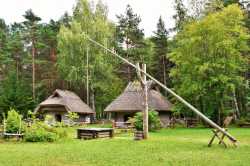 Estonian Open Air Museum
Tallinn
Estonian Open Air Museum
Tallinn
 Estonian National Opera
Tallinn
Estonian National Opera
Tallinn
 Russian Theatre
Tallinn
Russian Theatre
Tallinn
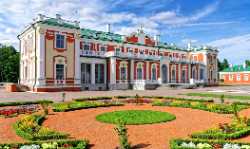 Kadriorg Art Museum
Tallinn
Kadriorg Art Museum
Tallinn
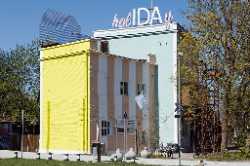 Contemporary Art Museum of Estonia
Tallinn
Contemporary Art Museum of Estonia
Tallinn
 Draakoni Gallery
Tallinn
Draakoni Gallery
Tallinn
 Tallinn Art Hall
Tallinn
Tallinn Art Hall
Tallinn
 Kadriorg Palace
Tallinn
Kadriorg Palace
Tallinn
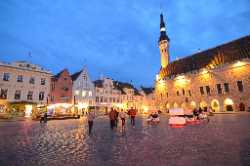 Town Hall Square
Tallinn
Town Hall Square
Tallinn
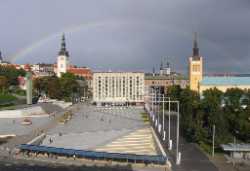 Freedom Square
Tallinn
Freedom Square
Tallinn
 Kadriorg Park
Tallinn
Kadriorg Park
Tallinn
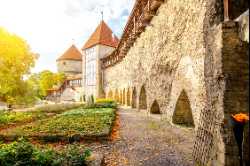 Danish King's Garden
Tallinn
Danish King's Garden
Tallinn
 Botanic Garden of Tallinn
Tallinn
Botanic Garden of Tallinn
Tallinn
 Balti Jaama Turg
Tallinn
Balti Jaama Turg
Tallinn
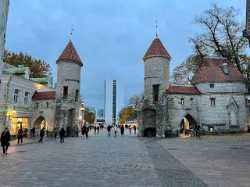 Viru Street
Tallinn
Viru Street
Tallinn
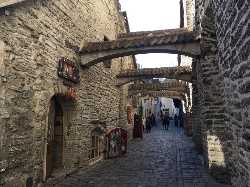 St. Catherine’s Passage
Tallinn
St. Catherine’s Passage
Tallinn
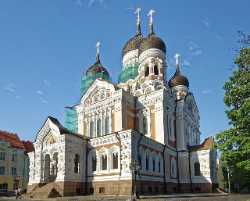 Alexander Nevsky Cathedral
Tallinn
Alexander Nevsky Cathedral
Tallinn
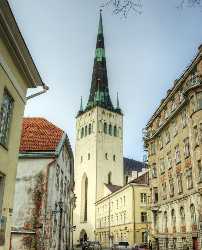 St. Olaf’s Church
Tallinn
St. Olaf’s Church
Tallinn
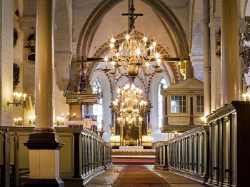 St. Mary’s Cathedral
Tallinn
St. Mary’s Cathedral
Tallinn
 Tallinn Old Town
Tallinn
Tallinn Old Town
Tallinn
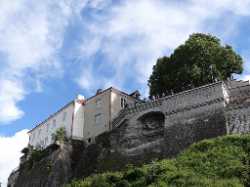 Patkuli Viewing Platform
Tallinn
Patkuli Viewing Platform
Tallinn
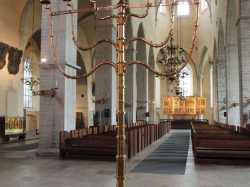 Niguliste Museum
Tallinn
Niguliste Museum
Tallinn
 Estonian Museum of Applied Art and Design
Tallinn
Estonian Museum of Applied Art and Design
Tallinn
 Estonian Museum of Natural History
Tallinn
Estonian Museum of Natural History
Tallinn
 Estonian Health Museum
Tallinn
Estonian Health Museum
Tallinn
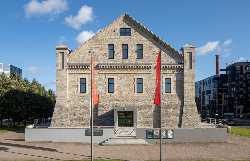 Estonian Museum of Architecture
Tallinn
Estonian Museum of Architecture
Tallinn
 Seaplane Harbour
Tallinn
Seaplane Harbour
Tallinn
 Tallinn Museum of Orders of Knighthood
Tallinn
Tallinn Museum of Orders of Knighthood
Tallinn
 Chocolala Chocolate Museum
Tallinn
Chocolala Chocolate Museum
Tallinn
 Design & Architecture Gallery
Tallinn
Design & Architecture Gallery
Tallinn
 Haus Gallery
Tallinn
Haus Gallery
Tallinn
 Rataskaevu 6 Art
Tallinn
Rataskaevu 6 Art
Tallinn
 ArtDepoo Gallery
Tallinn
ArtDepoo Gallery
Tallinn
 Telliskivi Creative City
Tallinn
Telliskivi Creative City
Tallinn
 Vaal Gallery
Tallinn
Vaal Gallery
Tallinn
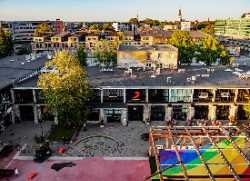 Telliskivi Creative City’s Gallery
Tallinn
Telliskivi Creative City’s Gallery
Tallinn
 Juhan Kuus Documentary Photography Centre
Tallinn
Juhan Kuus Documentary Photography Centre
Tallinn
 Temnikova & Kasela Gallery
Tallinn
Temnikova & Kasela Gallery
Tallinn
 Tütar Gallery
Tallinn
Tütar Gallery
Tallinn
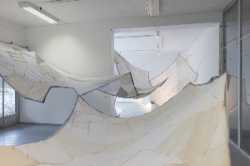 Uus Rada Gallery
Tallinn
Uus Rada Gallery
Tallinn